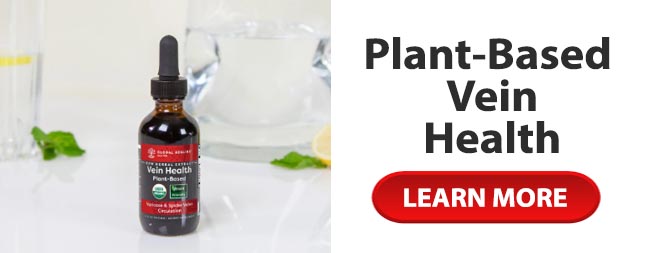Varicose veins develop when the one-way valve system within the vein, which helps to move blood from the lower extremities to the heart, is damaged. Blood will begin to pool inside the veins and cause unsightly blue and red tinged bulges, as well as discomfort, pain and swelling. They occur most commonly on the legs but individuals can suffer from these swollen veins in the face, testicles, vagina and anus. Although they are not usually a threat to your long-term health, they can be painful and can cause ulcerations, or openings in the skin.
One treatment option is an endovenous ablation. The goal of the procedure is to shut down the vein using targeted heat energy. The heat can be created with a laser, also known as an endovenous laser ablation, or with radio frequencies, known as a radiofrequency ablation. Both of these use the latest technologies and are a better option than vein stripping which was used for decades. (1)
The vein stripping procedure was often painful and invasive. Both ablation procedures, using either laser or radio frequency, are minimally invasive and highly effective. The procedures can be performed in the office setting with just local anesthetic. For a variety of different medical reasons only one large vein should be treated at a time using laser ablation. If you have more than one vein that must be addressed, it is best done two to three weeks apart at different sessions.
The ablation therapies can be done within less than an hour and performed in the doctor’s office. Most physicians report a success rate of 98% or greater and individuals often report an immediate relief of their symptoms. Because it is minimally invasive it also requires no general anesthesia or hospitalization. Most people are able to return to their normal activities immediately. Another advantage to the procedure is that there are also no scars left, as opposed to vein stripping which leaves large scar tissue over the legs.
People who undergo this procedure may find that they have some pain and tenderness as well as some slight bruising at the point of entry of the catheter. The chance of subdermal bruising and burst capillaries are negligible. However, since there is a slight break in the skin where the catheter is inserted, there is also a slight chance of infection. (2)
Although the procedure is usually not prescribed for cosmetic reasons alone because it is not a covered procedure, it is more commonly used to help alleviate symptoms such as aching pain, swelling, skin irritation or sores, discoloration and venous inflammation (phlebitis).
During the procedure, if the laser is used, the patient is asked to wear protective glasses. The area of the leg will be cleaned, shaved and numbed. The patient feels a slight pressure when the catheter is inserted but shouldn\’t feel more pain. After the procedure the patient must wear a compression stocking to reducing bruising, tenderness and minimize the possibility that blood clots will form.
The process works when a laser or radio frequency is inserted through the length of the vein. The machine generates heat and burns the interior of the vein as it is retracted. This causes the vein to scar, tighten and shrink until it is invisible through the skin. And, although the valves continue to be non-functional, the vein no longer swells and pain disappears.
There are several different options for treatment for varicose veins. So, before making a choice do your research and determine which procedure will work best in your lifestyle, with your overall health concerns and your willingness to do follow-up care. Only you and your physician can determine what will work best for you.
(1) Cleveland Clinic: Endovenous Thermal Ablation
(2) Dermatologic Surgery: Endovenous Laser Ablation-Induced Complications: Review of the Literature and new Cases

